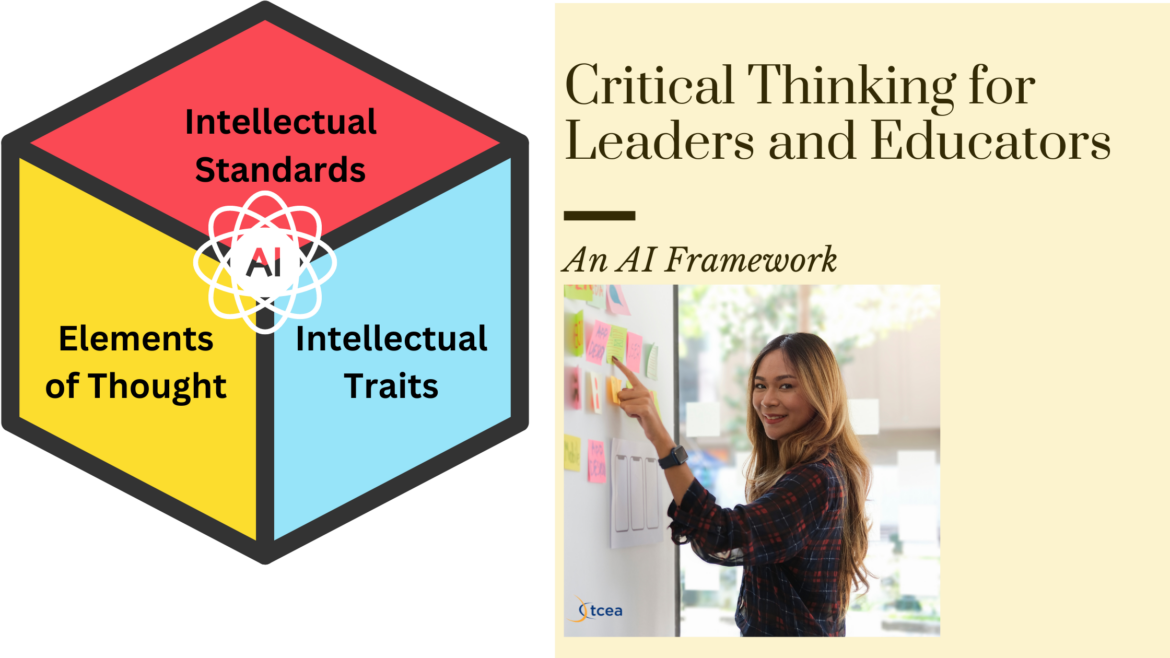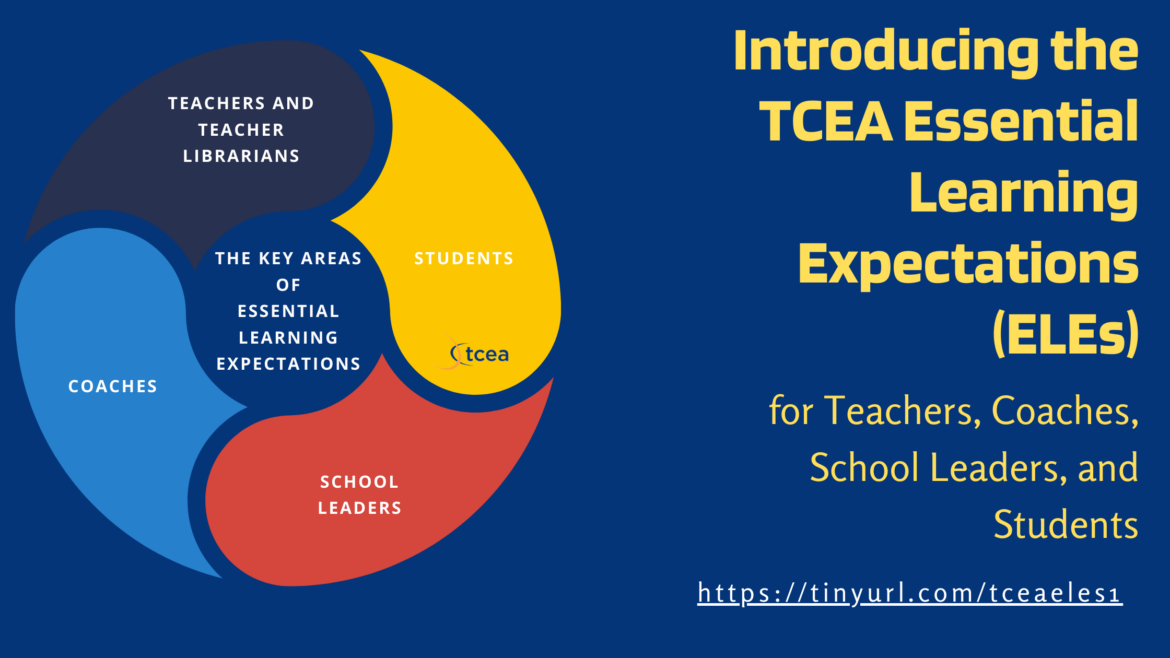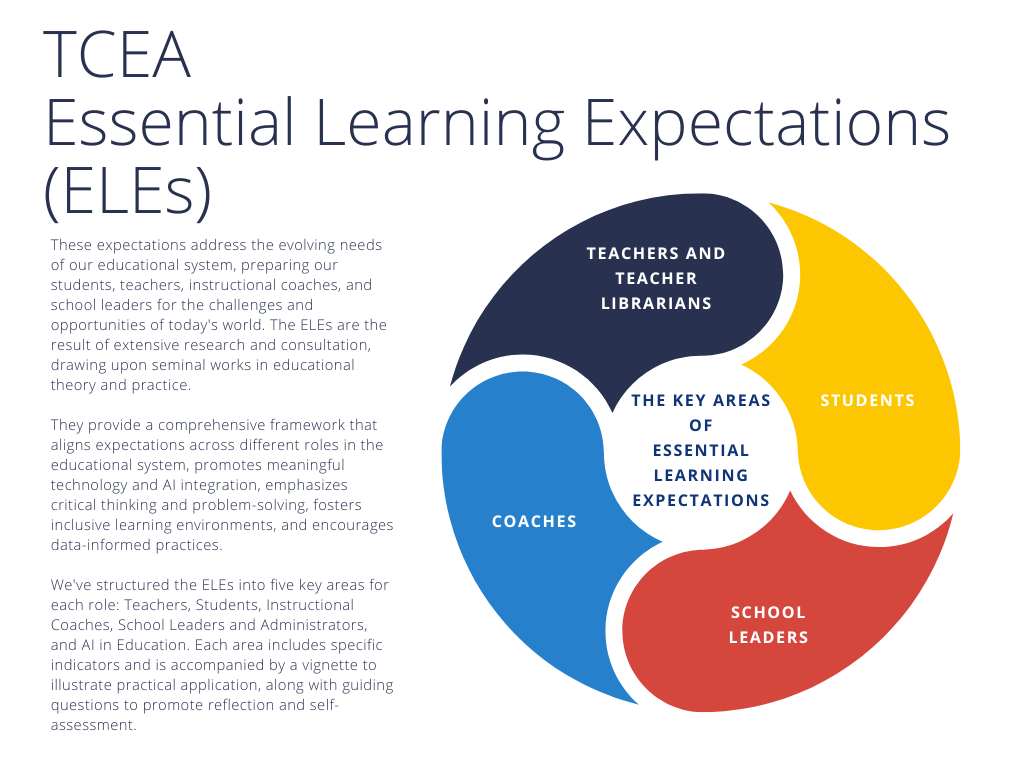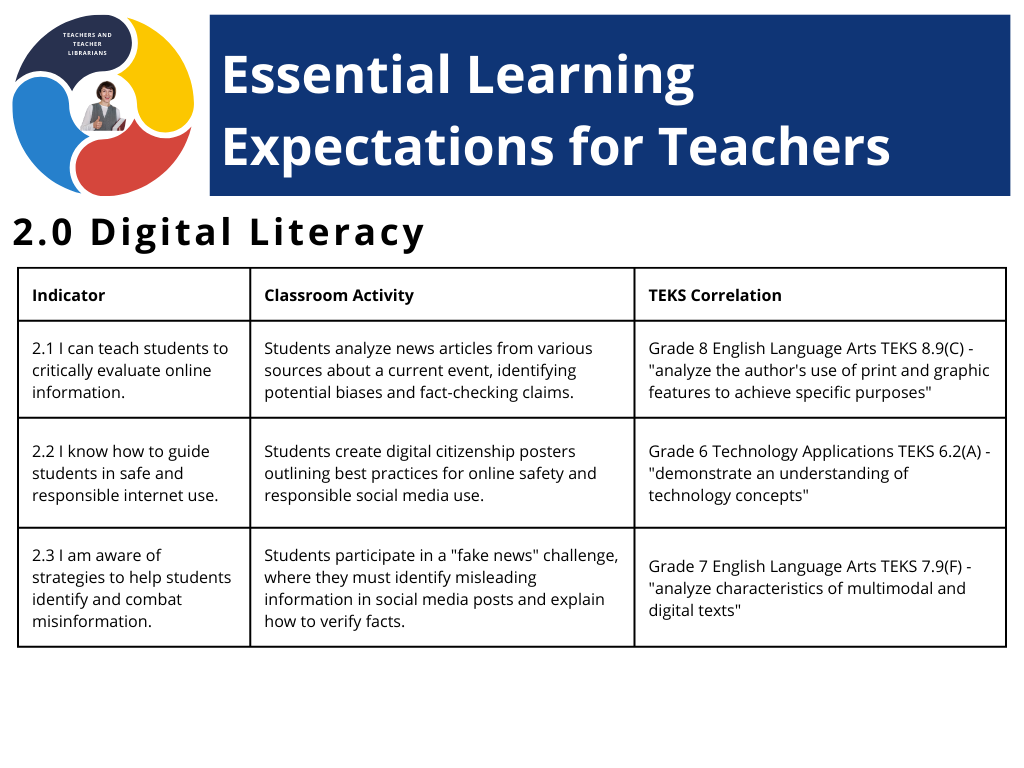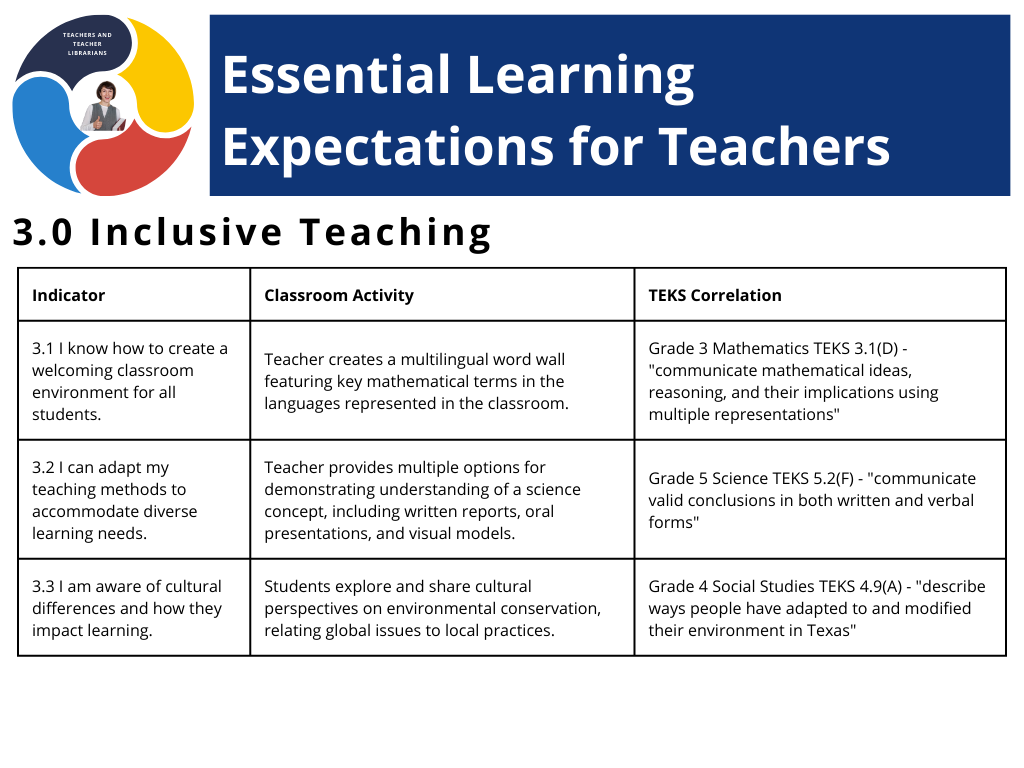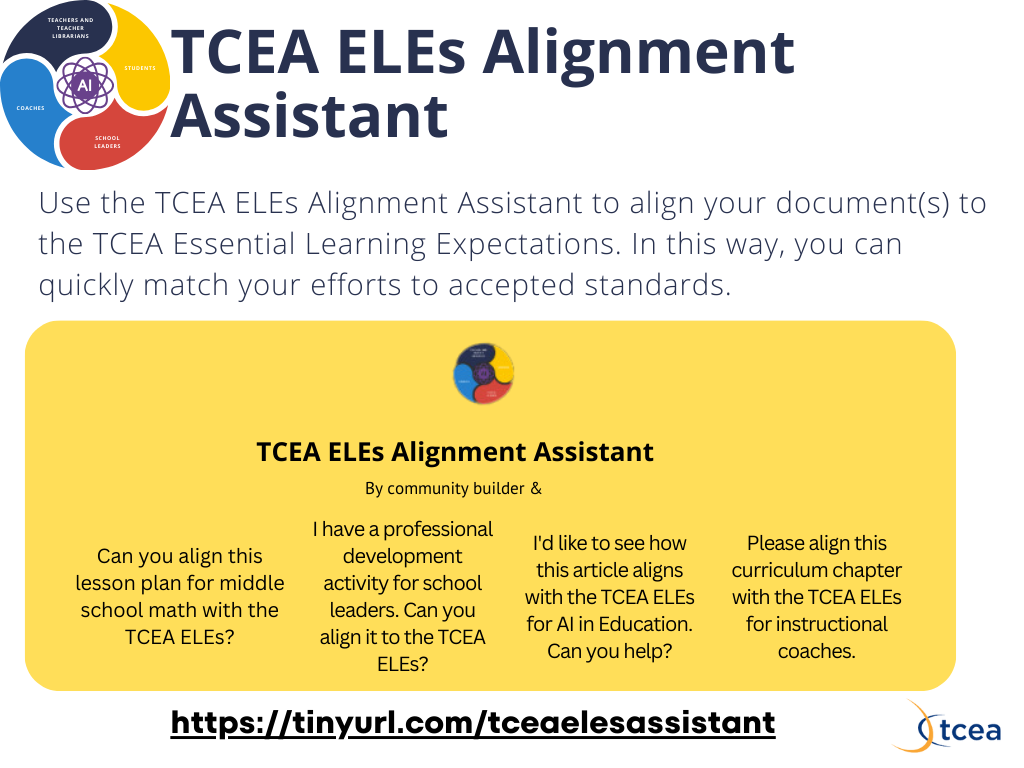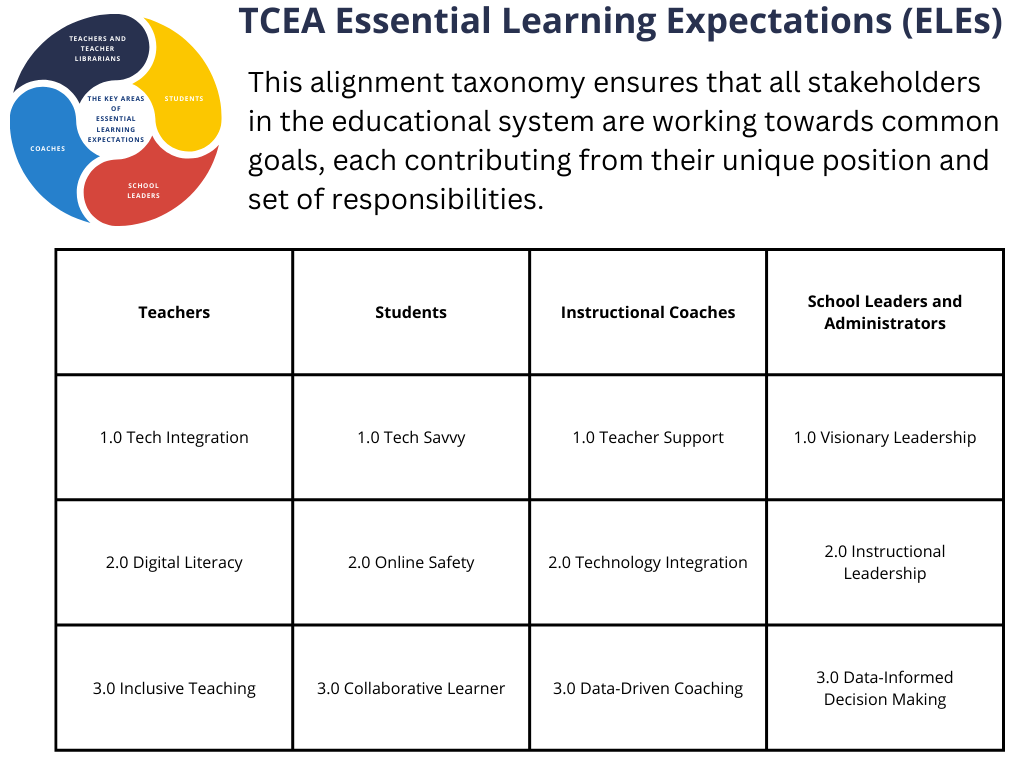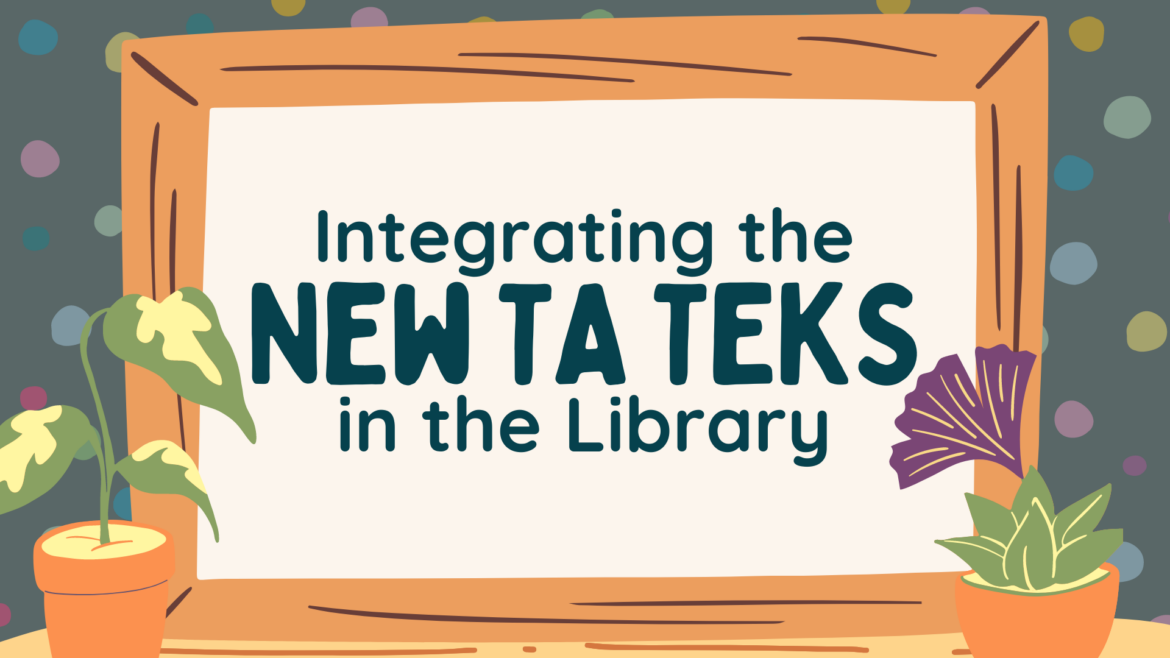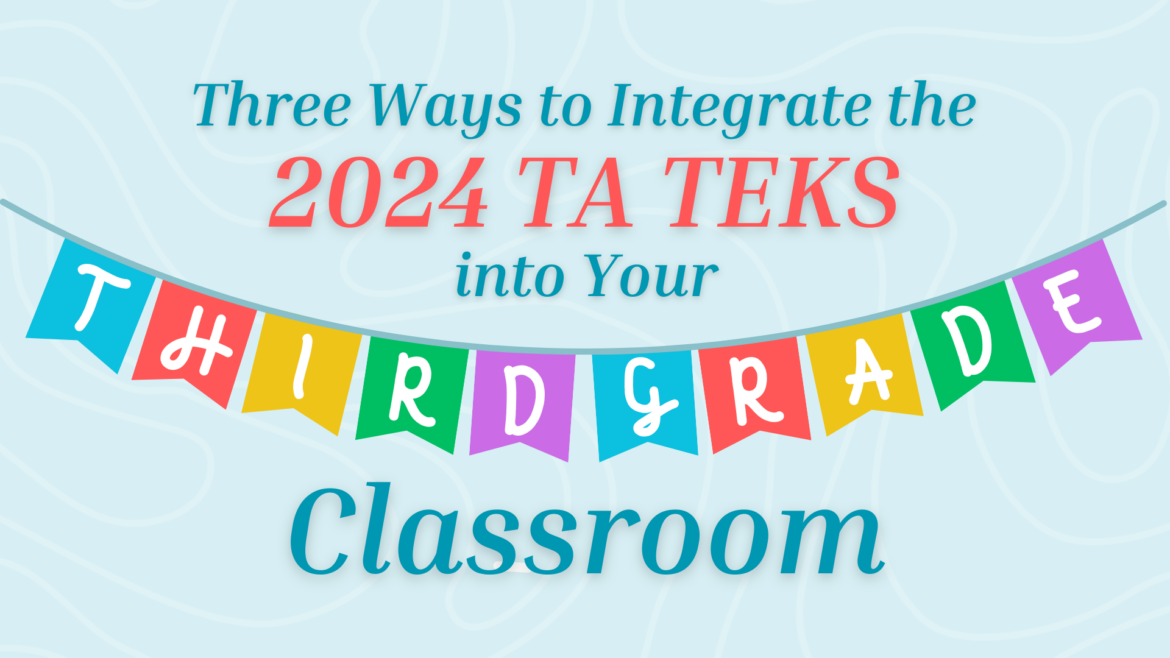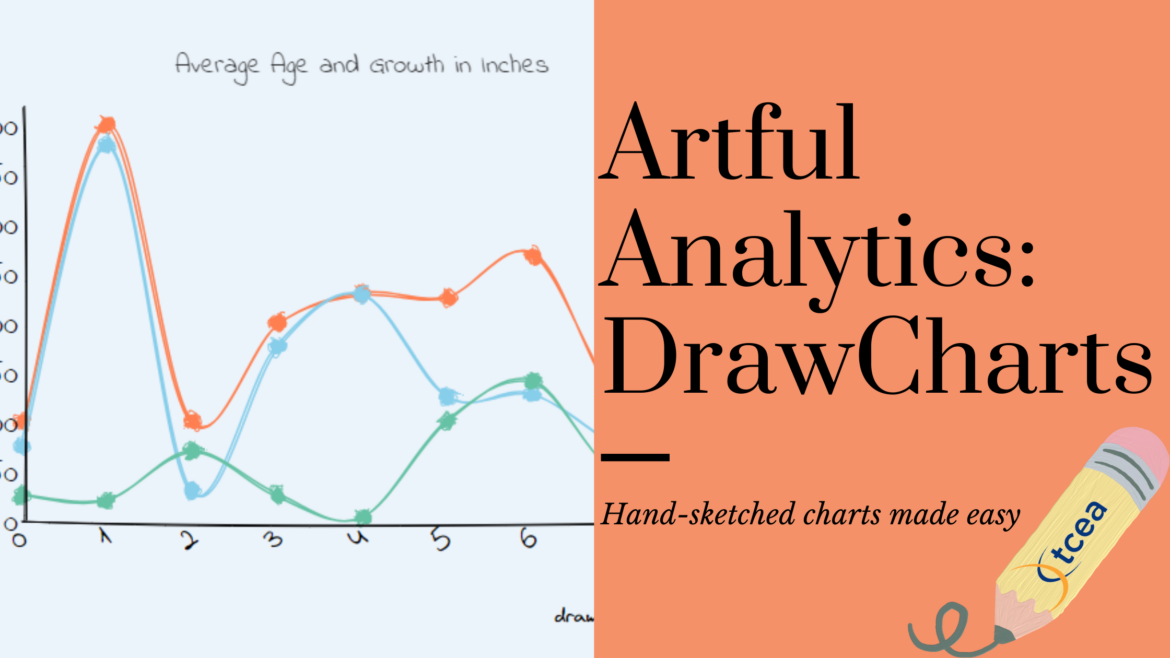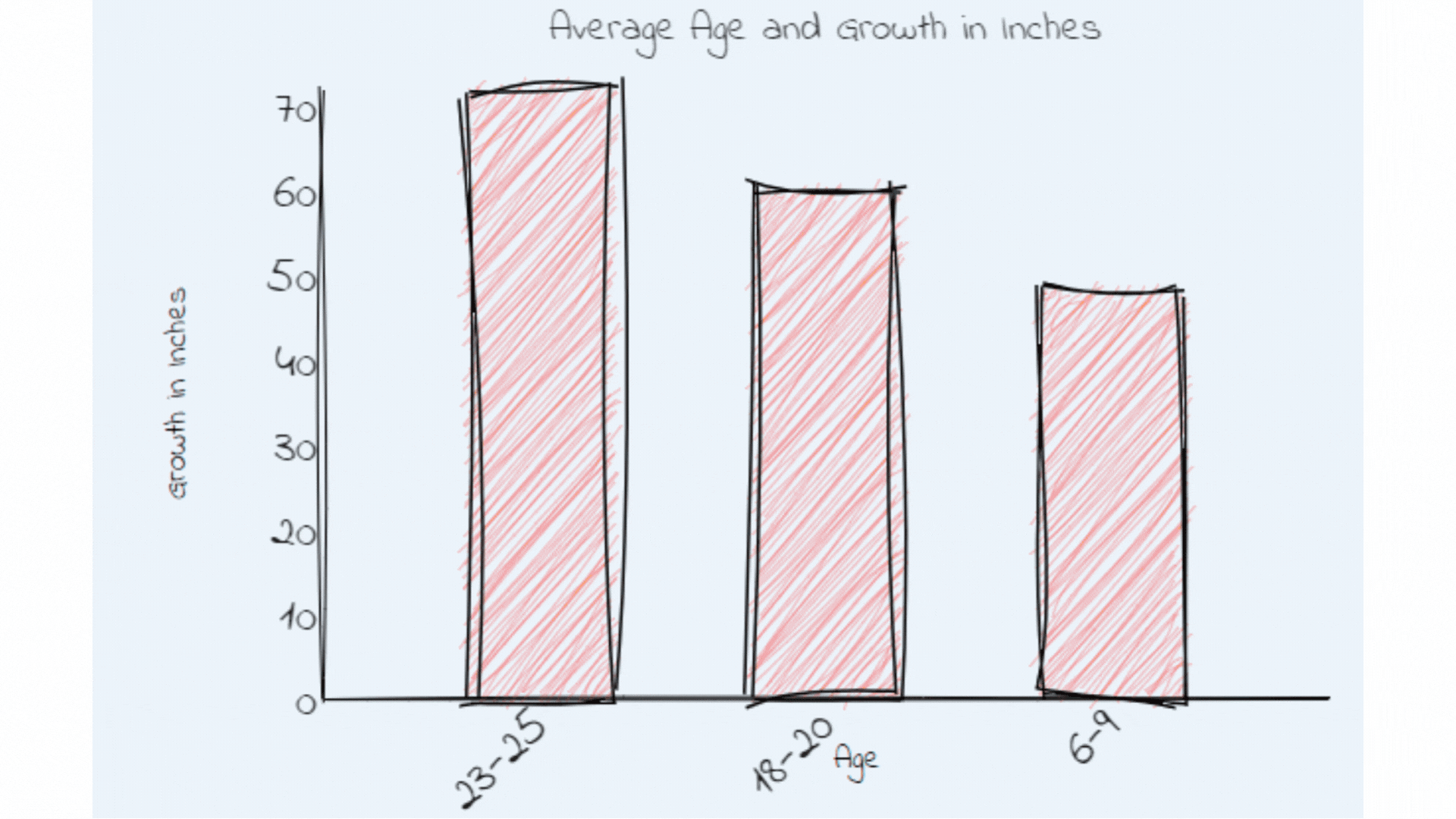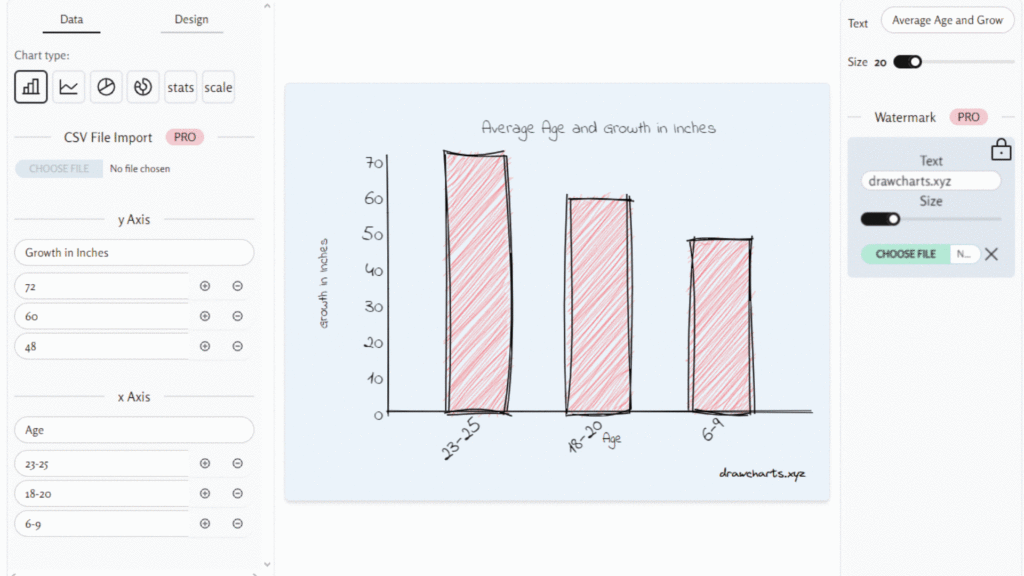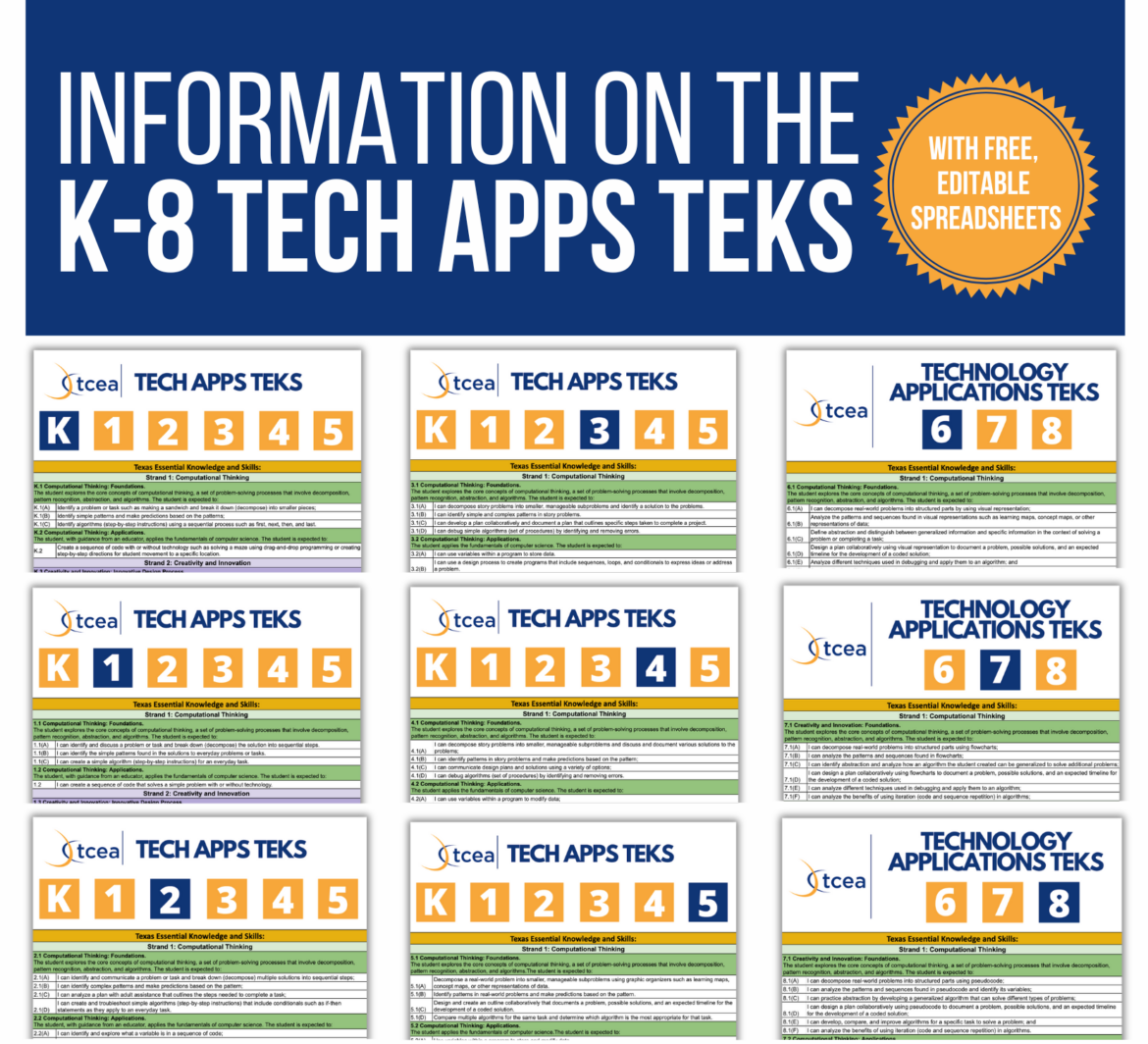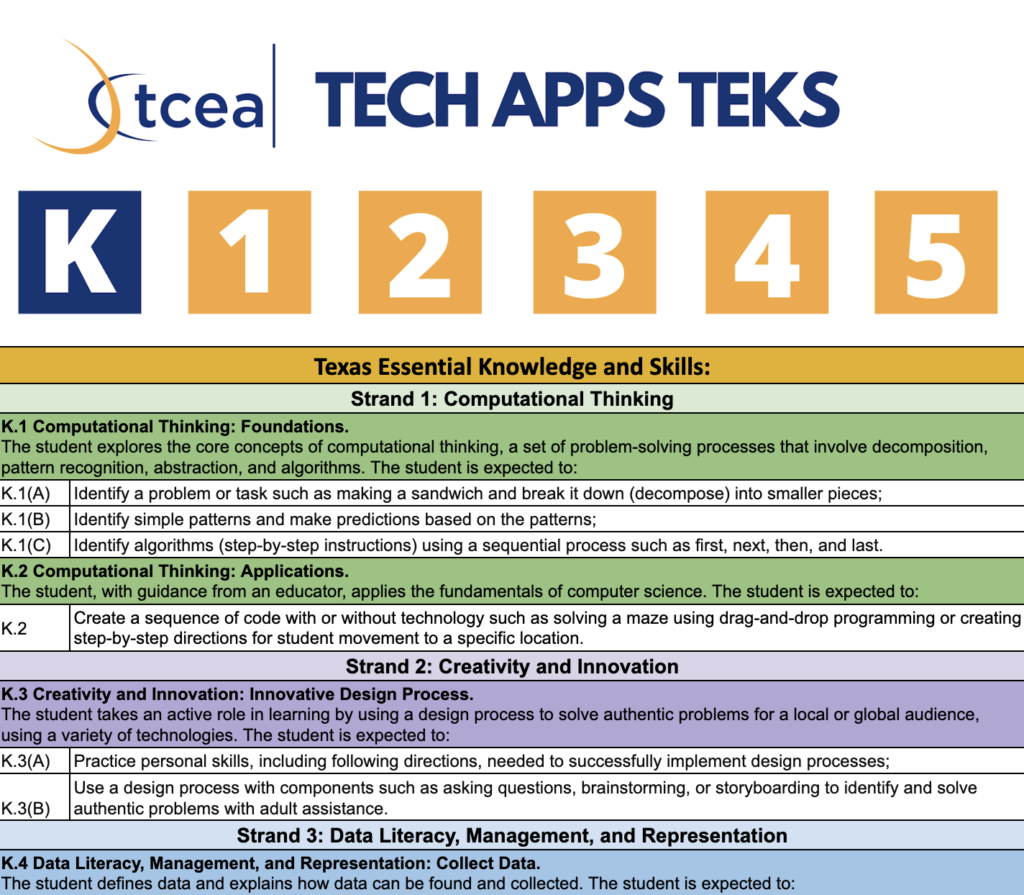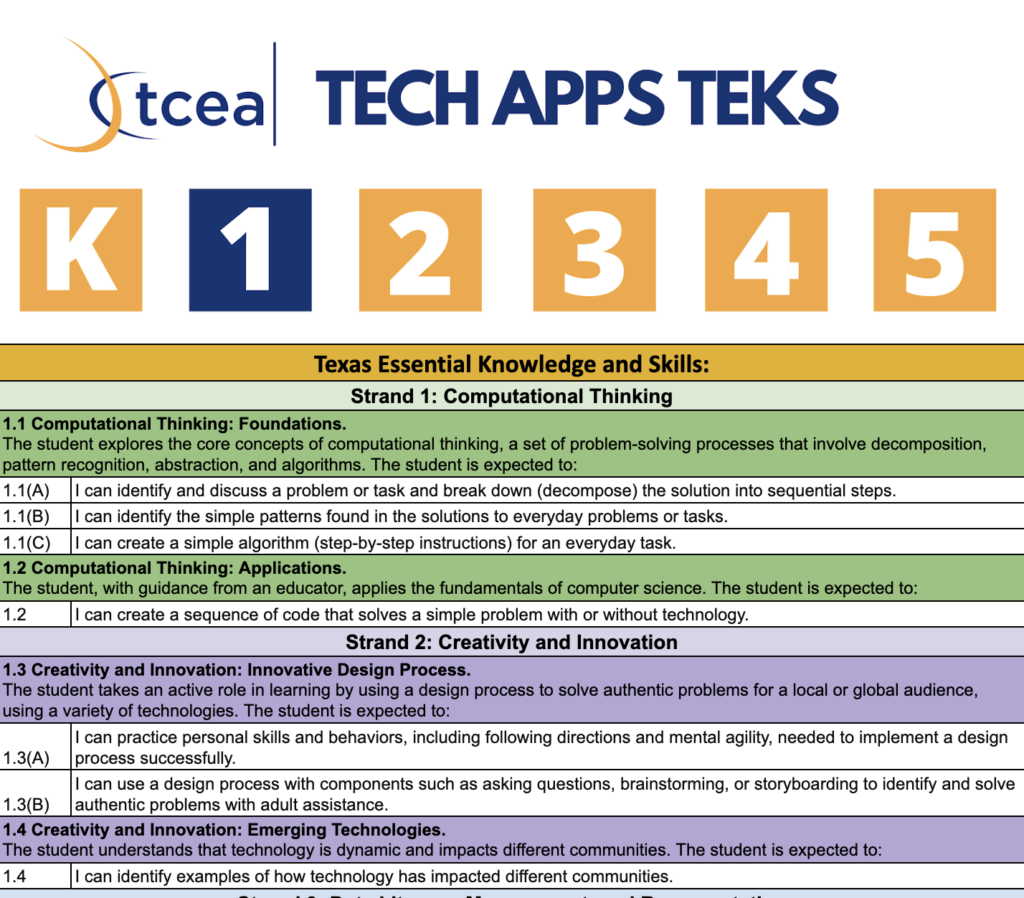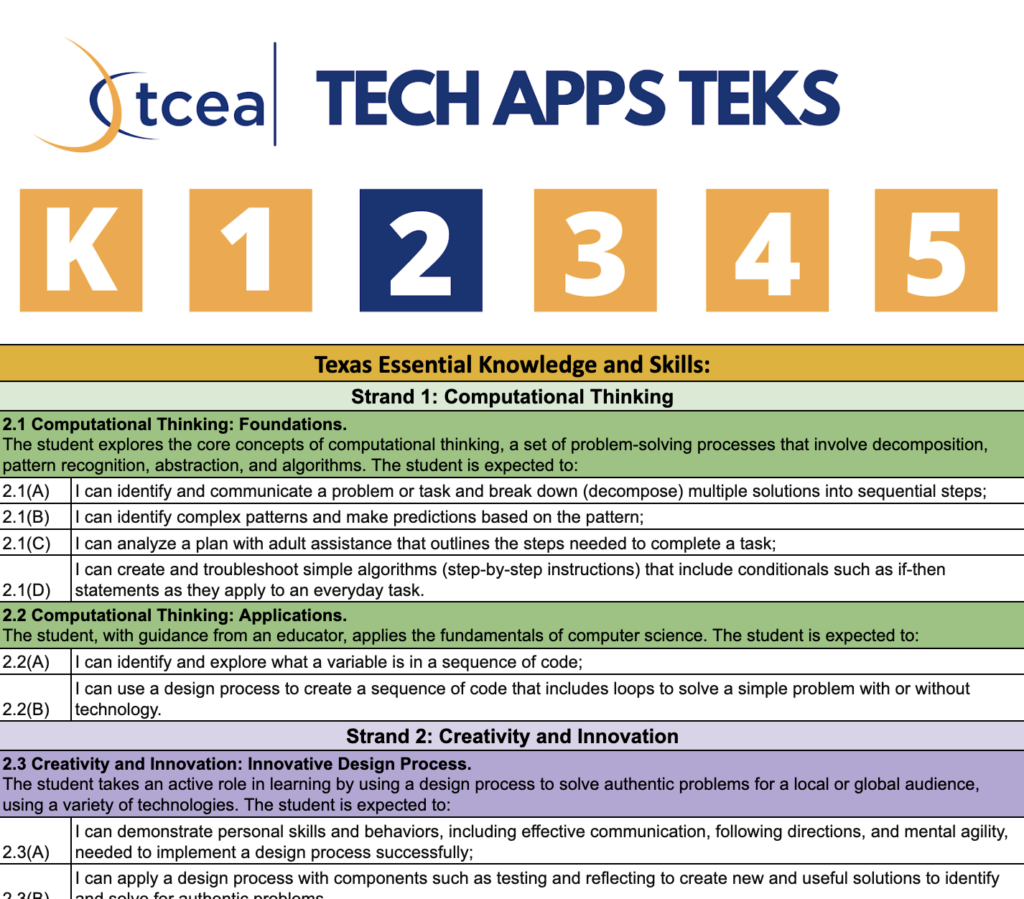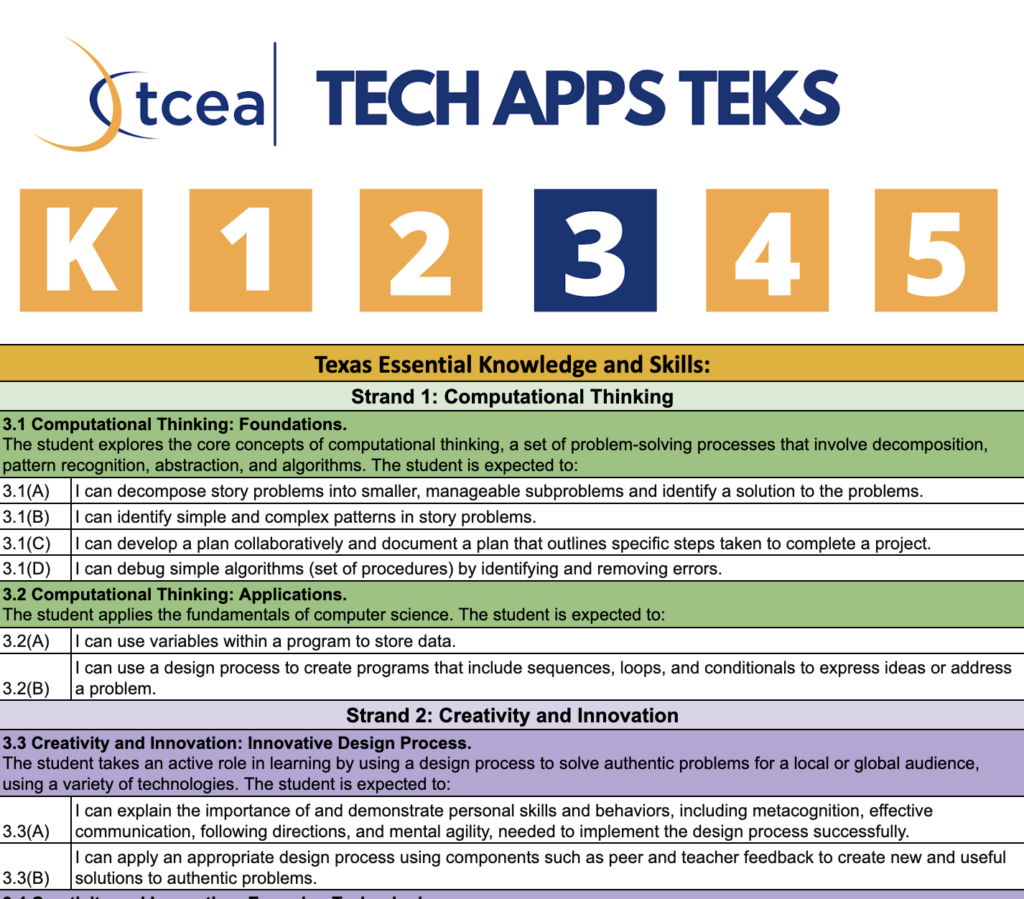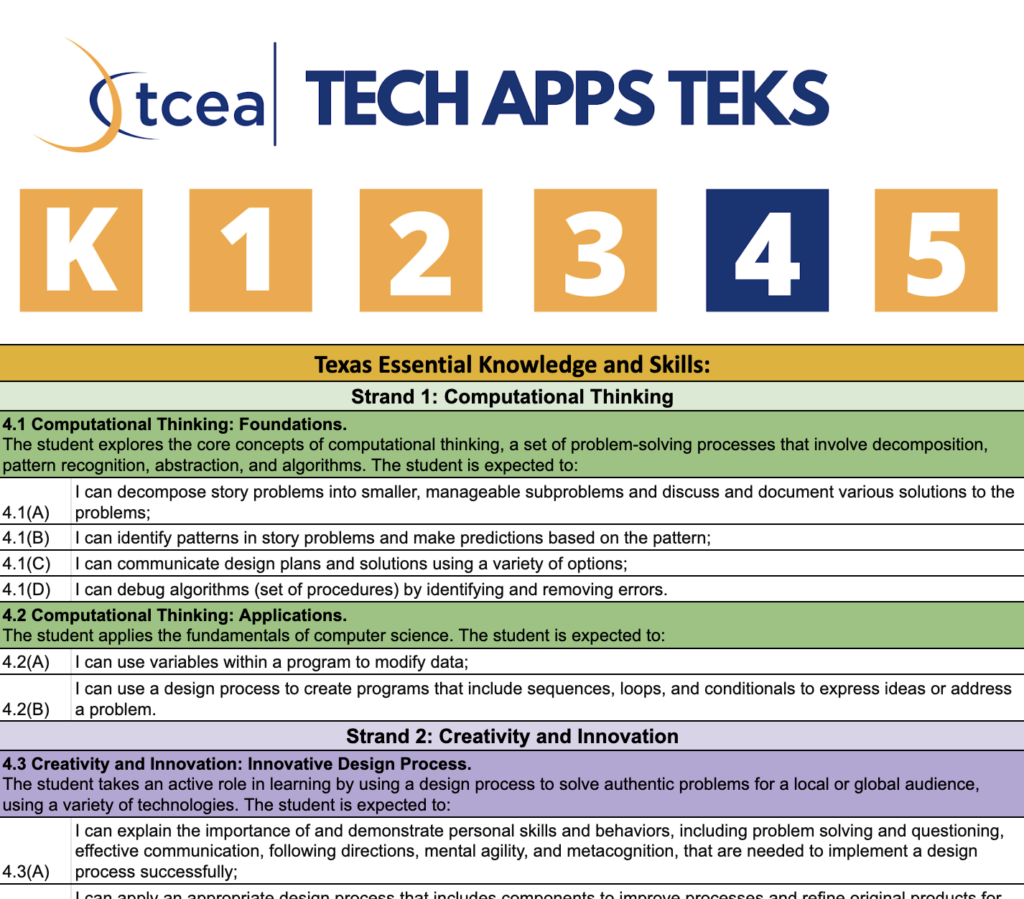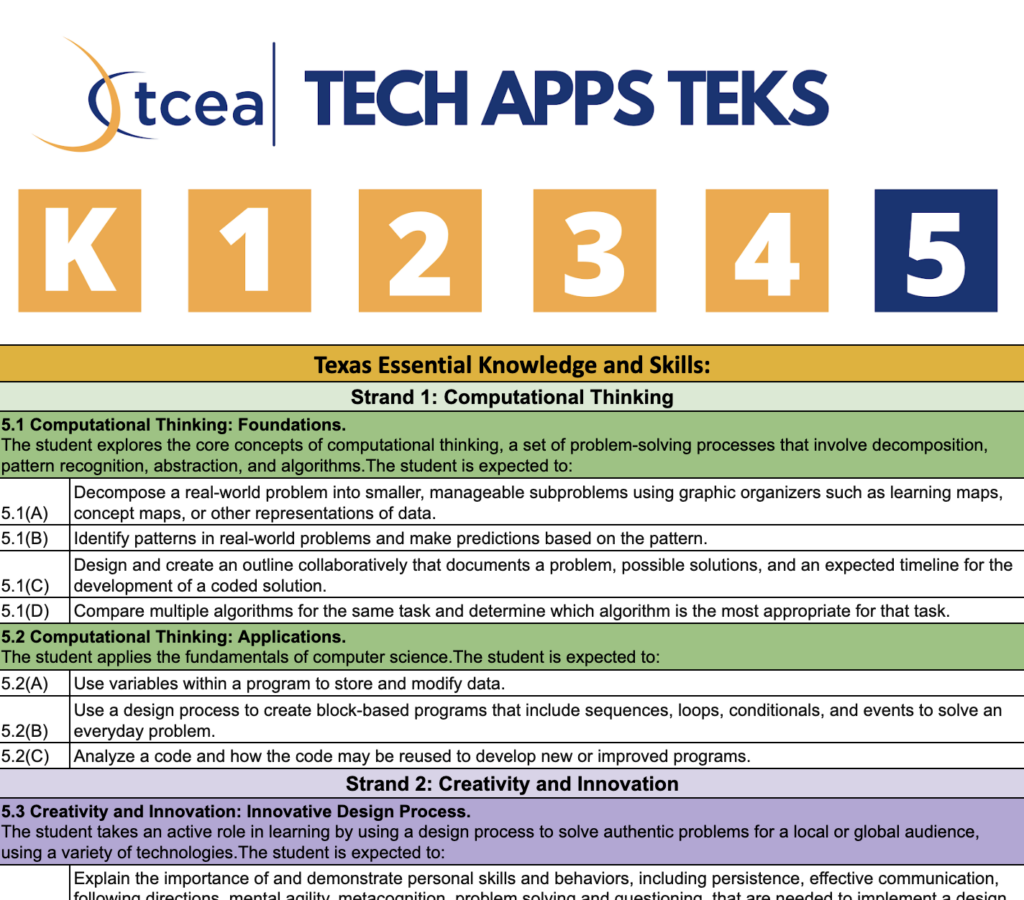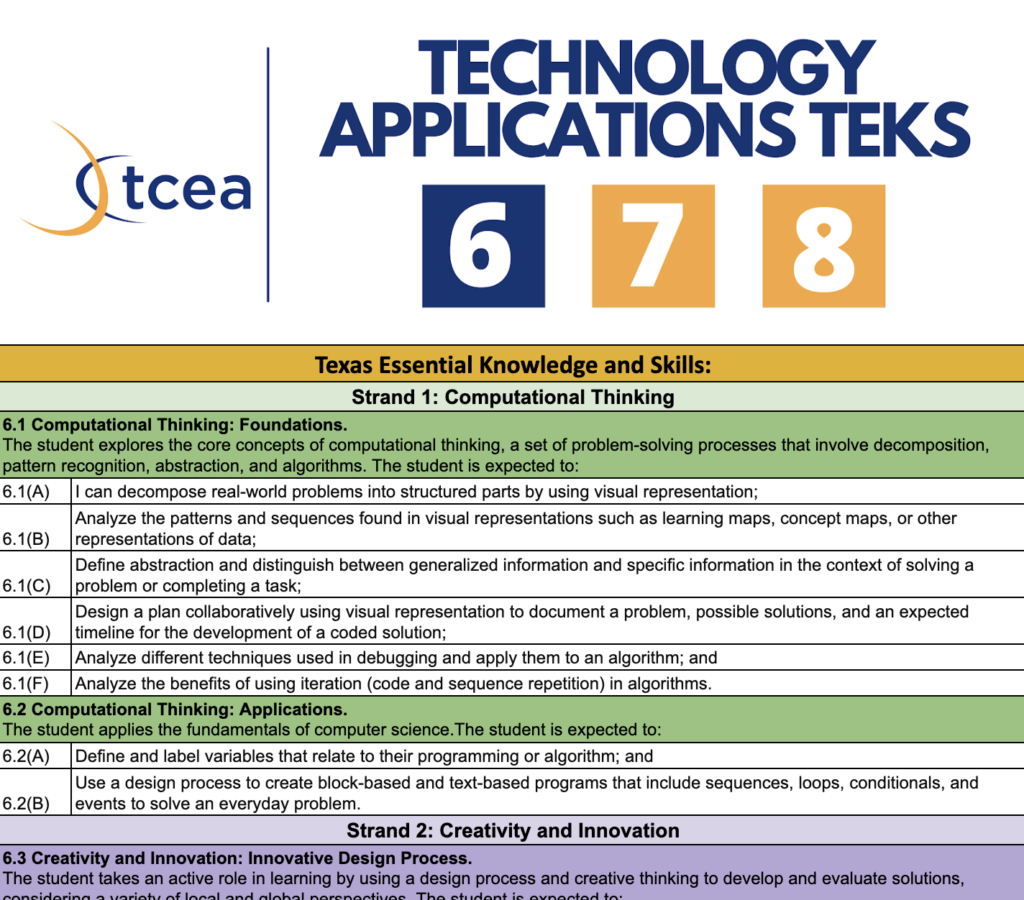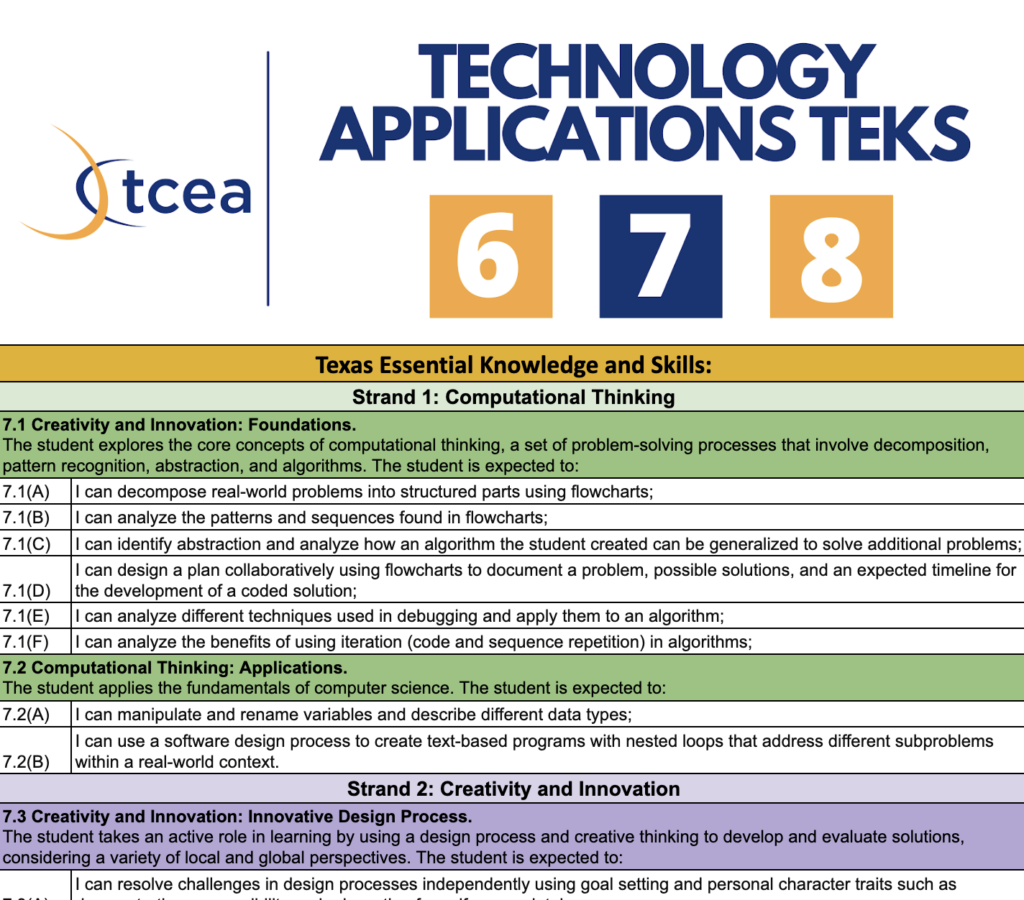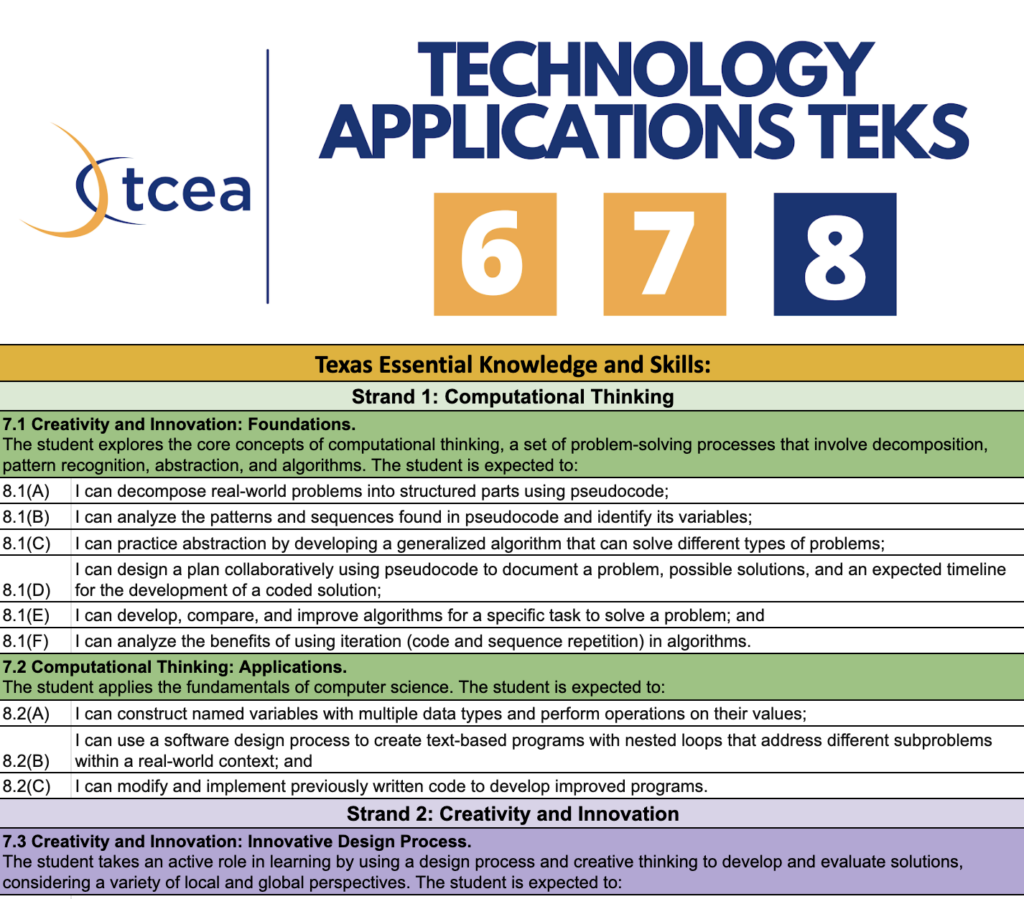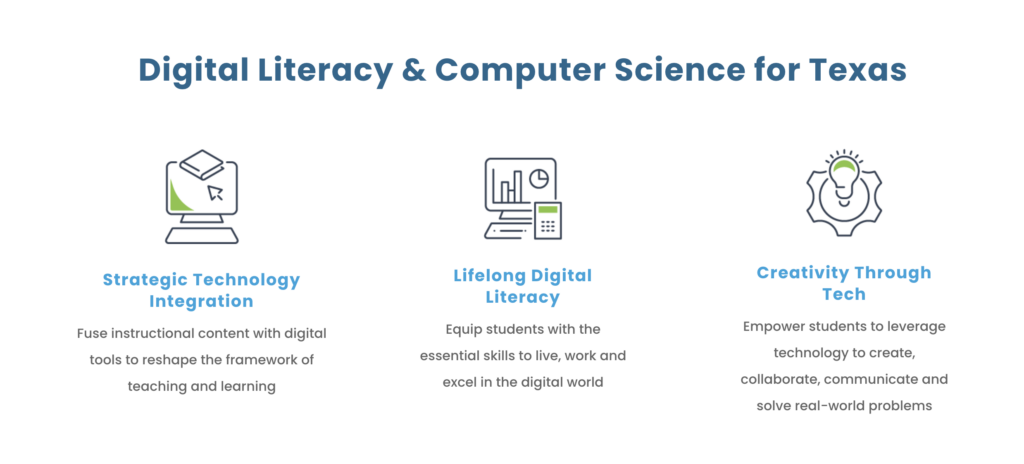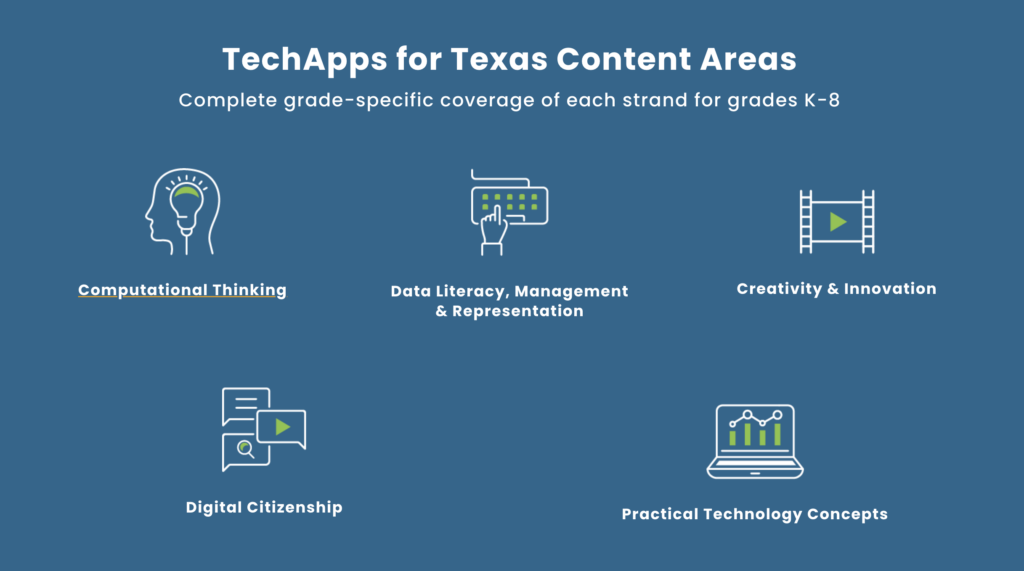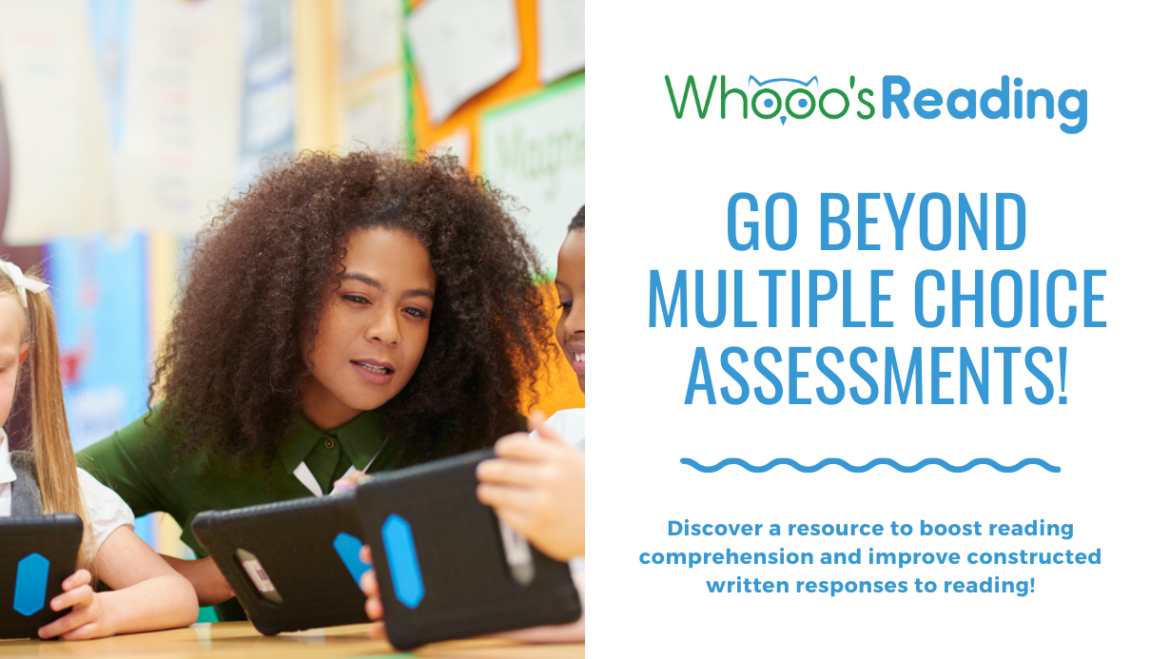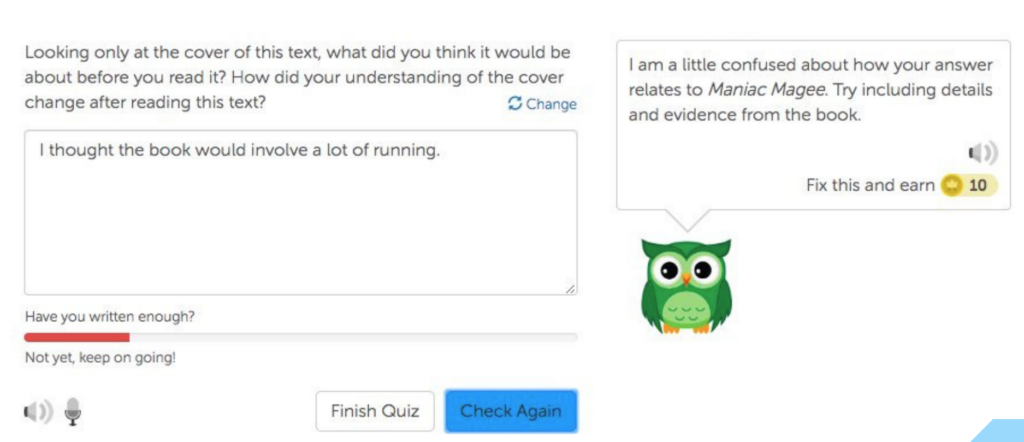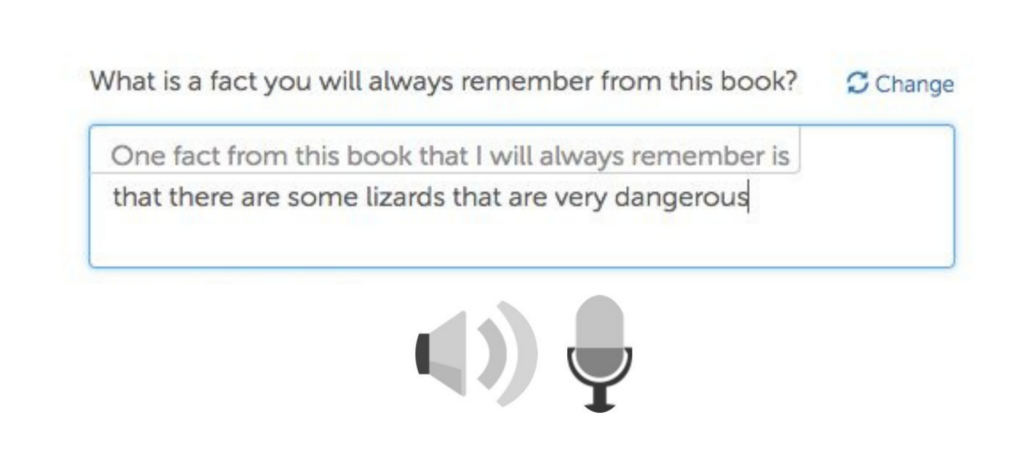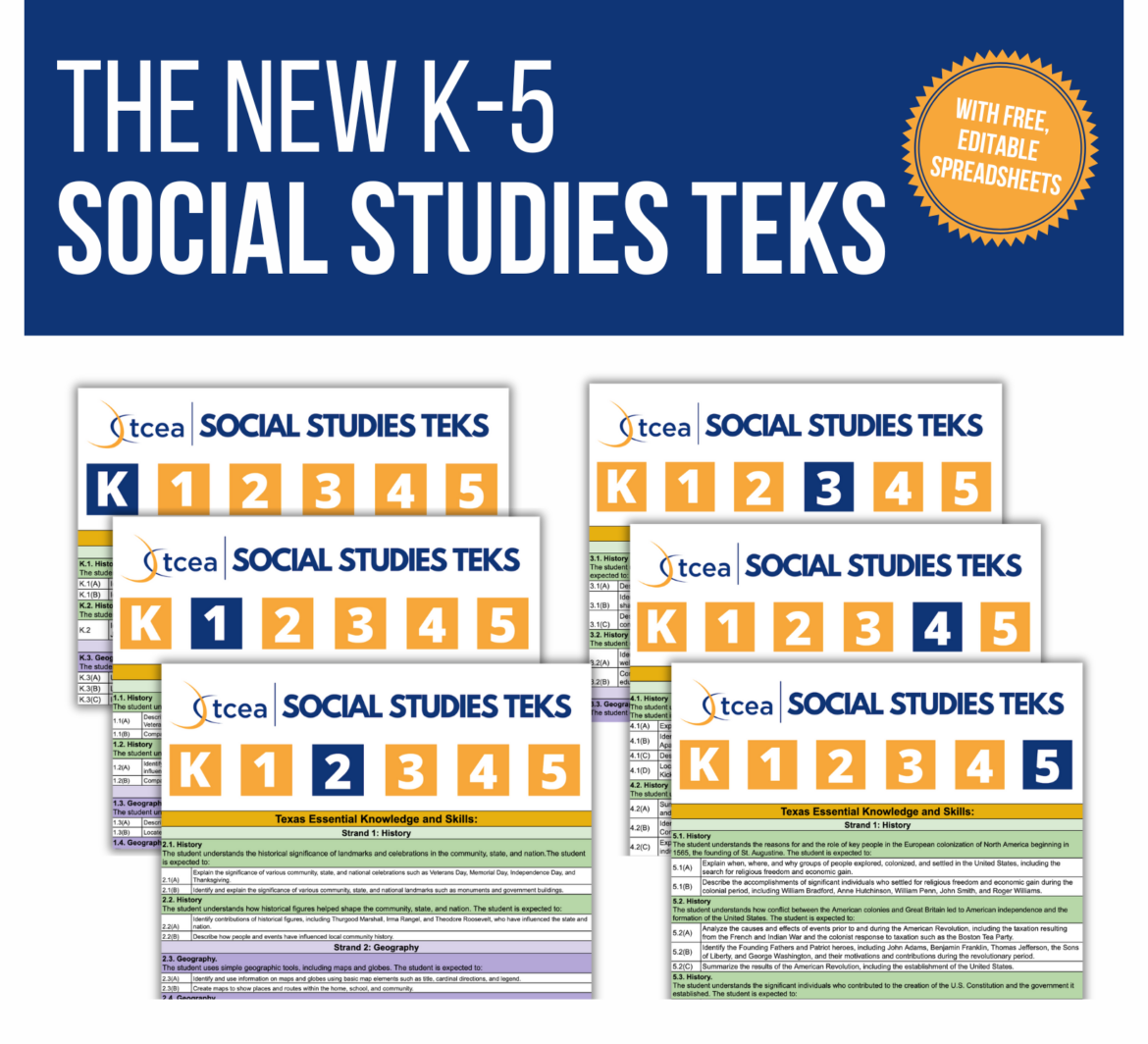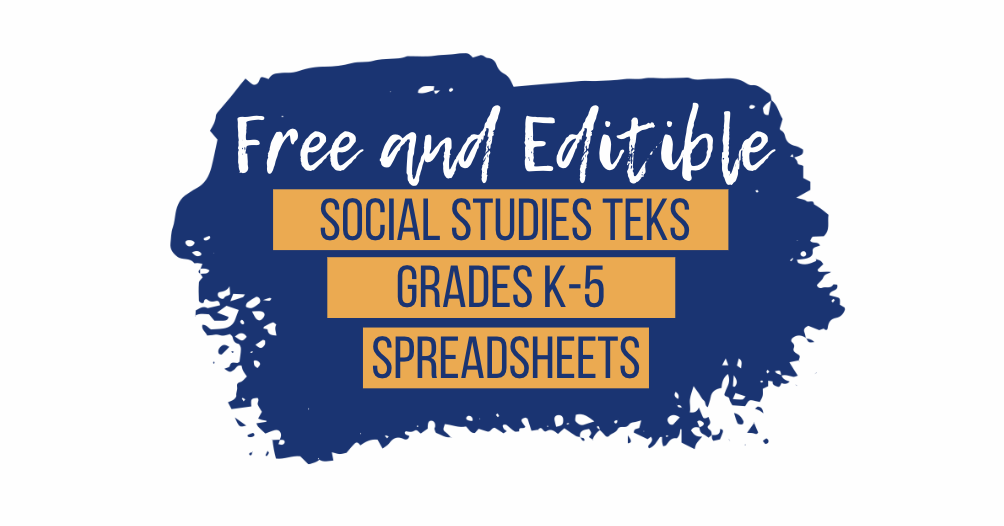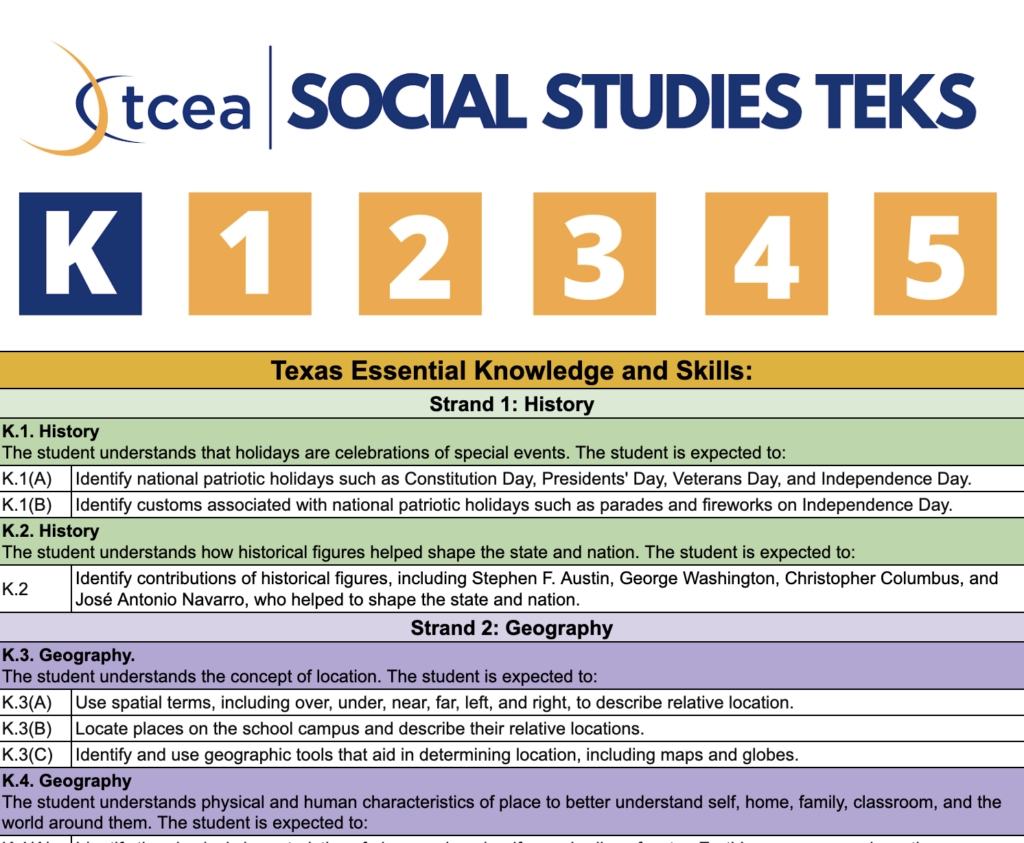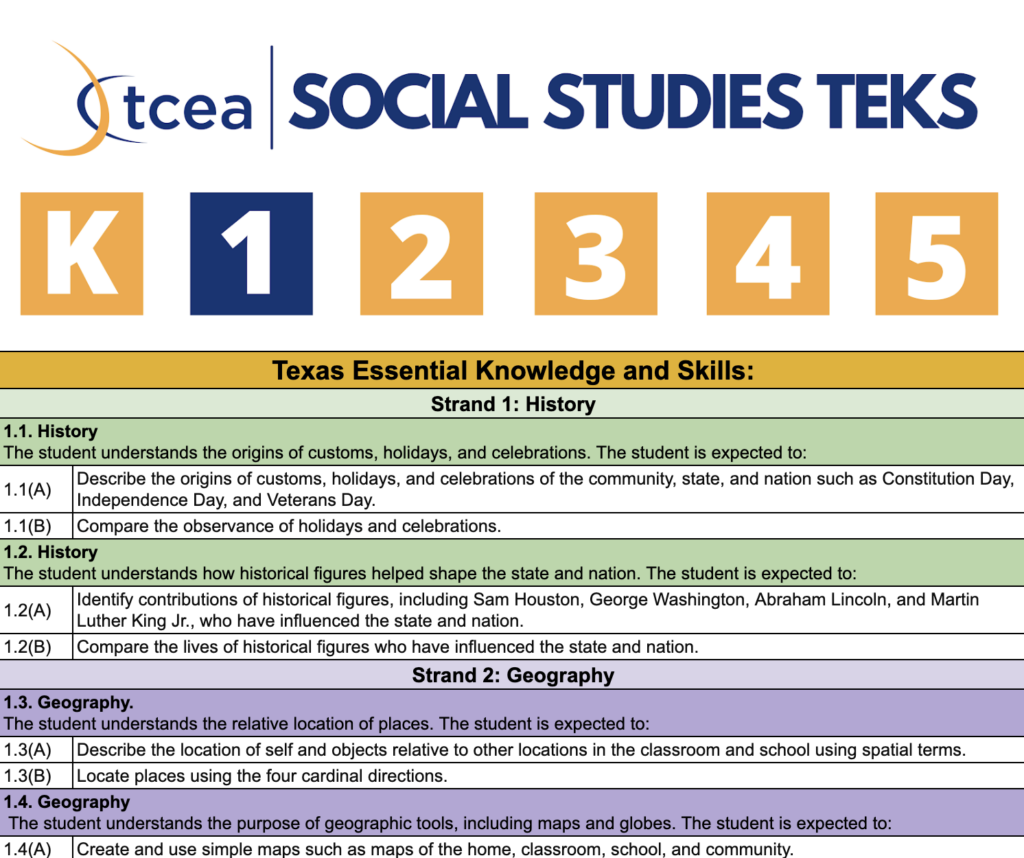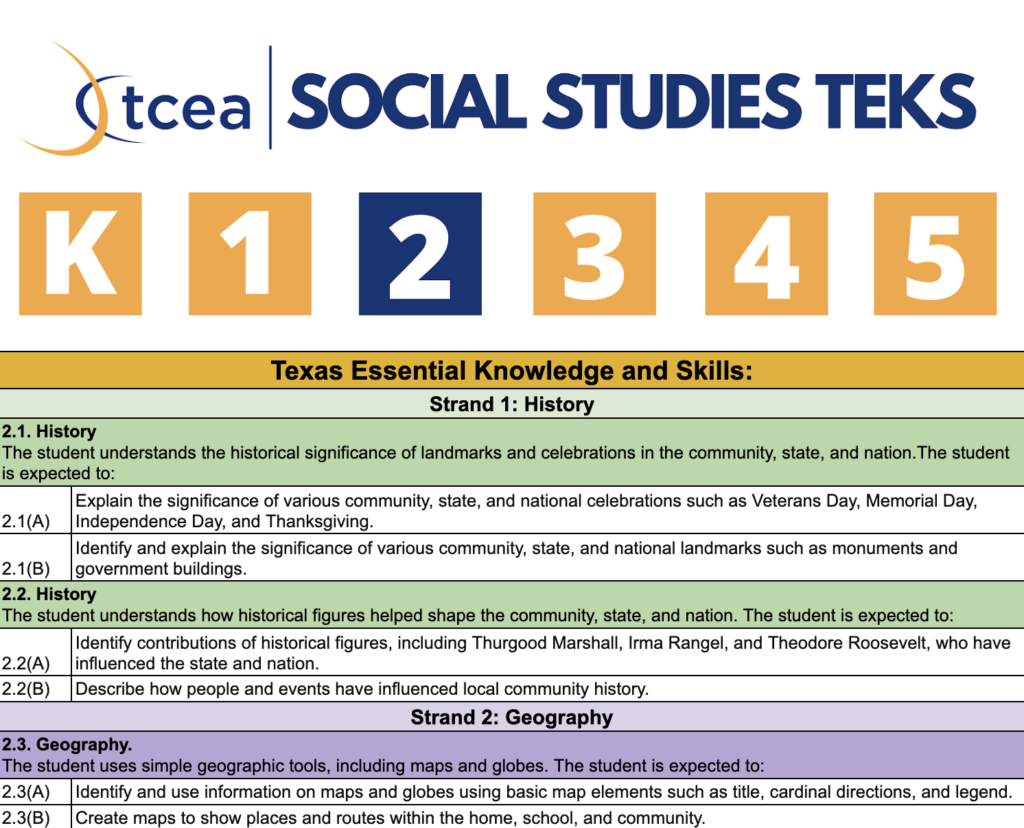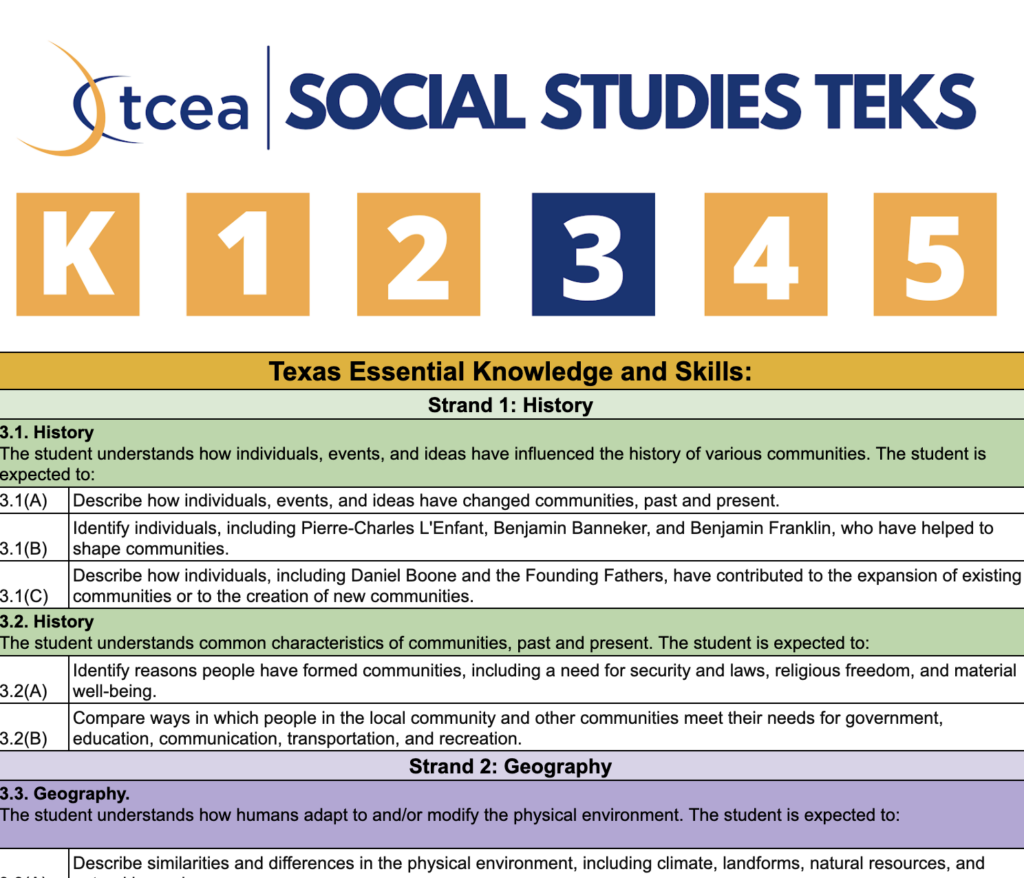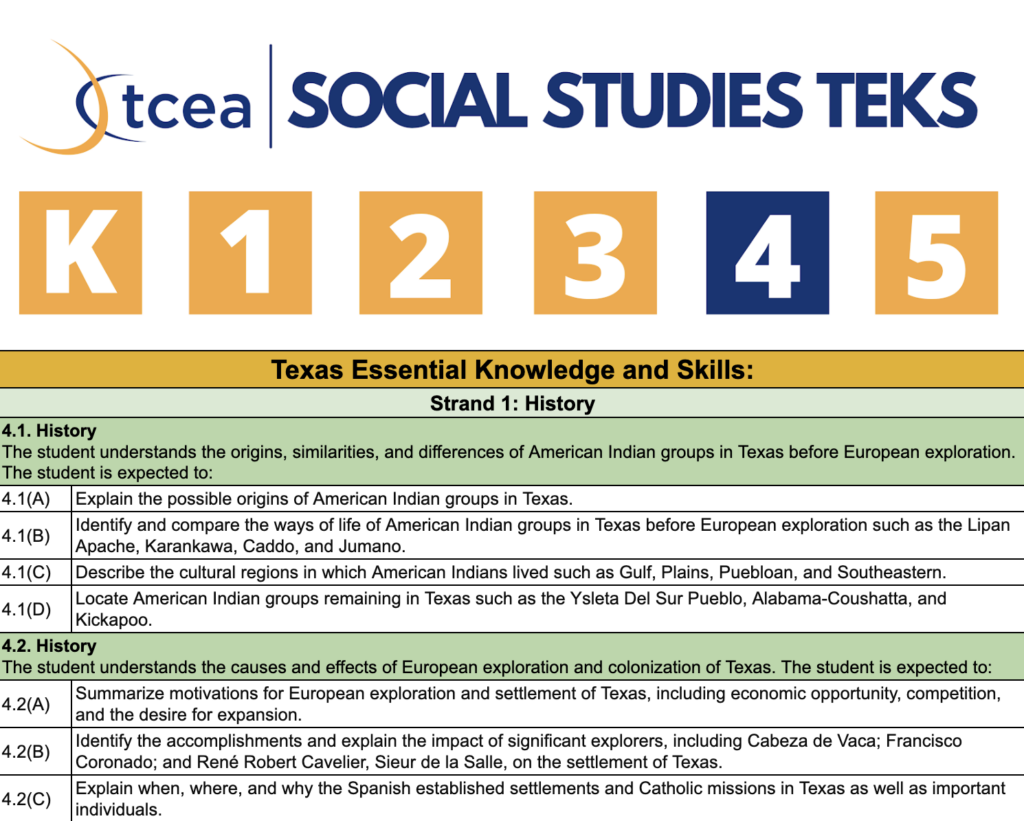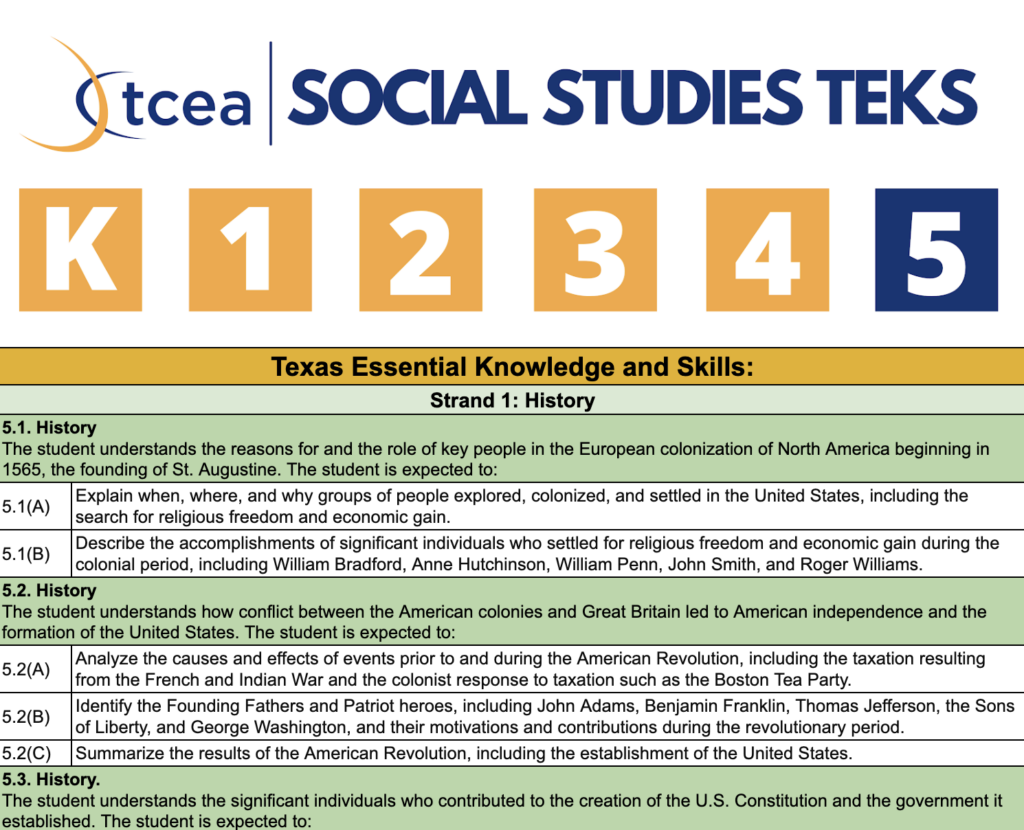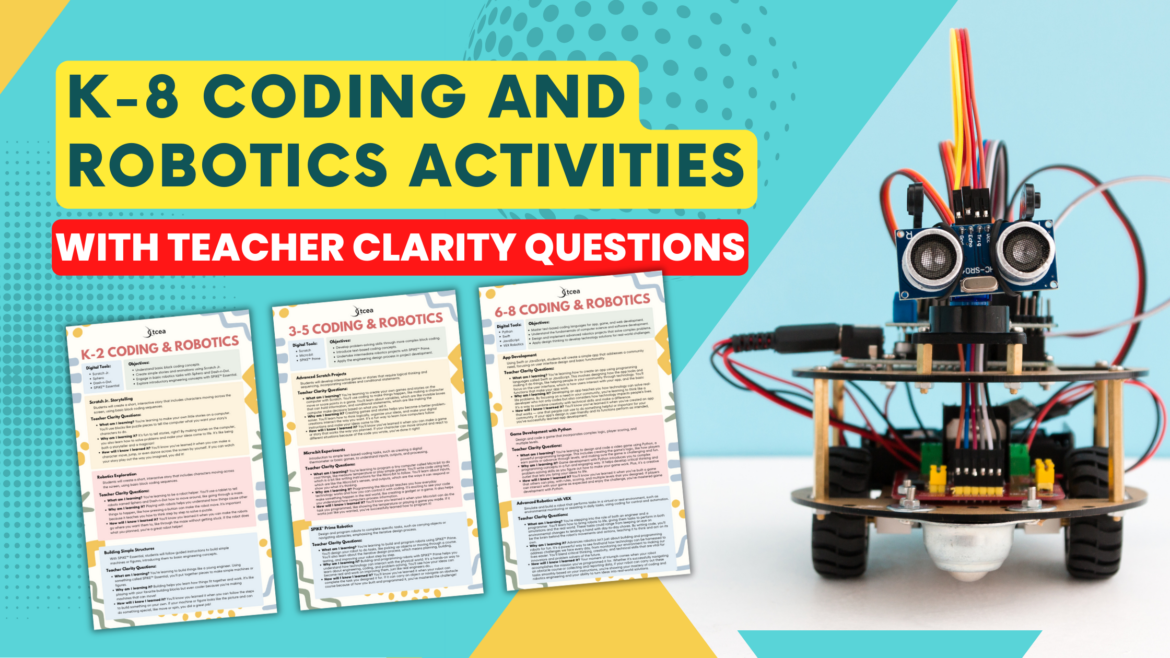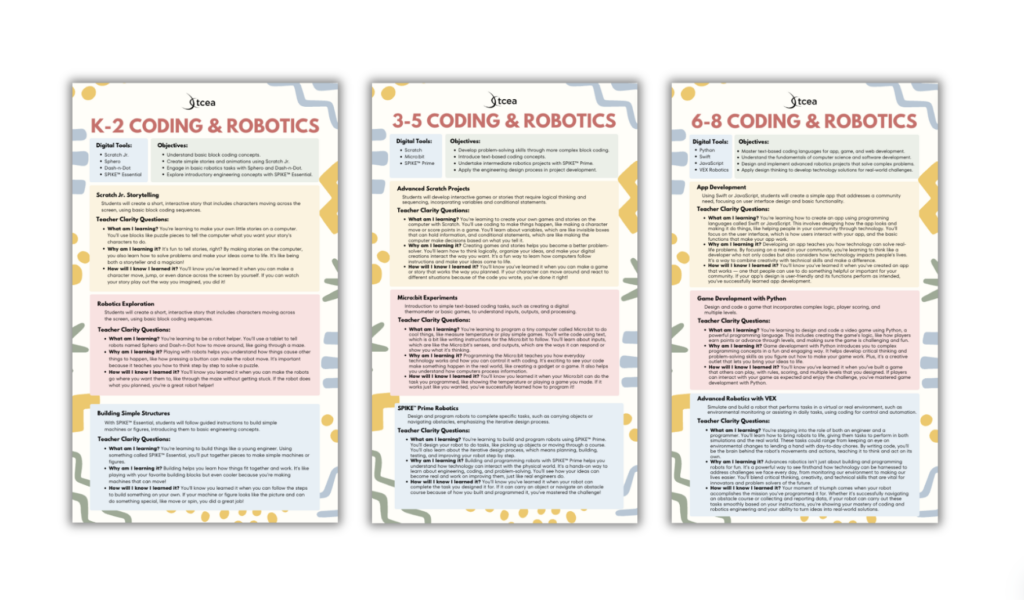Explore resources and strategies for aligning with curricular standards. Discover tools to support effective teaching and student success.
Critical thinking frameworks and AI prompts: How do they mix? I’ve wrestled with this question. I know I’m thinking critically when I craft prompts, but the process eludes me. What if AI could map my thought process, label it, and fill in the blanks? That’s the challenge I tackled… And I found digital gold.
In this post, you’ll discover a battle-tested critical thinking framework. You’ll see how it supercharges AI prompt generation and you’ll see real education problems crumble under this one-two punch.
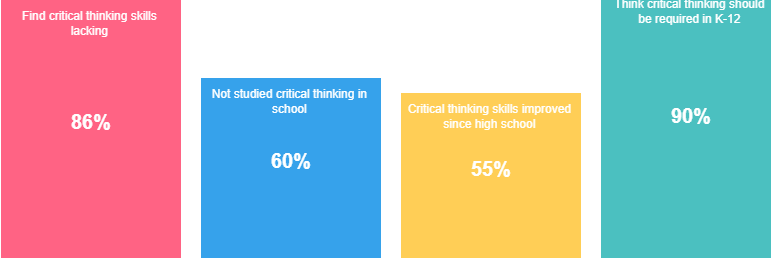
Why Critical Thinking?
A systematic approach to analyzing and improving our thought processes is essential. Survey findings (see graph above) reveal these insights:
- 86% find critical thinking skills lacking in the public at large.
- 60% of respondents reported not having studied critical thinking in school.
- Only about 55% reported that their critical thinking skills had improved since high school.
- 90% think courses covering critical thinking should be required in K-12 education
Take a moment to reflect on your own perspective on critical thinking. Also, ask yourself, “What process do I adhere to that ensures I think in a critical manner and don’t miss anything?”
Problems Perspectives Among Educators
If it isn’t enough that critical thinking skills and processes lack value in schools, our own perceptions as educators are concerning. Consider these teacher perceptions below. Do they reflect your own concerns about critical thinking instruction?
- 42% of teachers reported that students should learn basic facts first, then engage in critical thinking practice.
- 16% believed that basic facts and critical thinking should be taught separately.
- 55% of teachers believed that the emphasis on standardized testing made it more difficult to incorporate critical thinking instruction in their classrooms (source).
What’s even more concerning is public perception about critical thinking among youth. “Only half of survey respondents say their experience in school gave them strong critical thinking skills”(source).
As AI rolls out in schools, one concern is that AI could short circuit critical thinking.
Short-Circuited Thinking: AI in Schools
These three quotes capture many of the concerns people have about AI, focusing on bringing AI into schools:
- “Overdependence on AI for problem-solving can hinder students’ ability to think critically and develop independent learning skills” (source)
- “A reliance on AI in a school setting restricts the development of critical-thinking abilities, causing significant laziness and decision-making skill loss among students” (source)
- “Over-reliance on AI could lead to a loss of critical thinking skills and judgment among individuals” (source)
How could a critical thinking framework help?
The Paul-Elder Critical Thinking Framework
Few approaches to developing this skill are as comprehensive and well-structured as the Paul-Elder Critical Thinking Framework. Dr. Richard Paul and Dr. Linda Elder crafted the framework. It provides a systematic approach to analyzing and improving our thought processes.
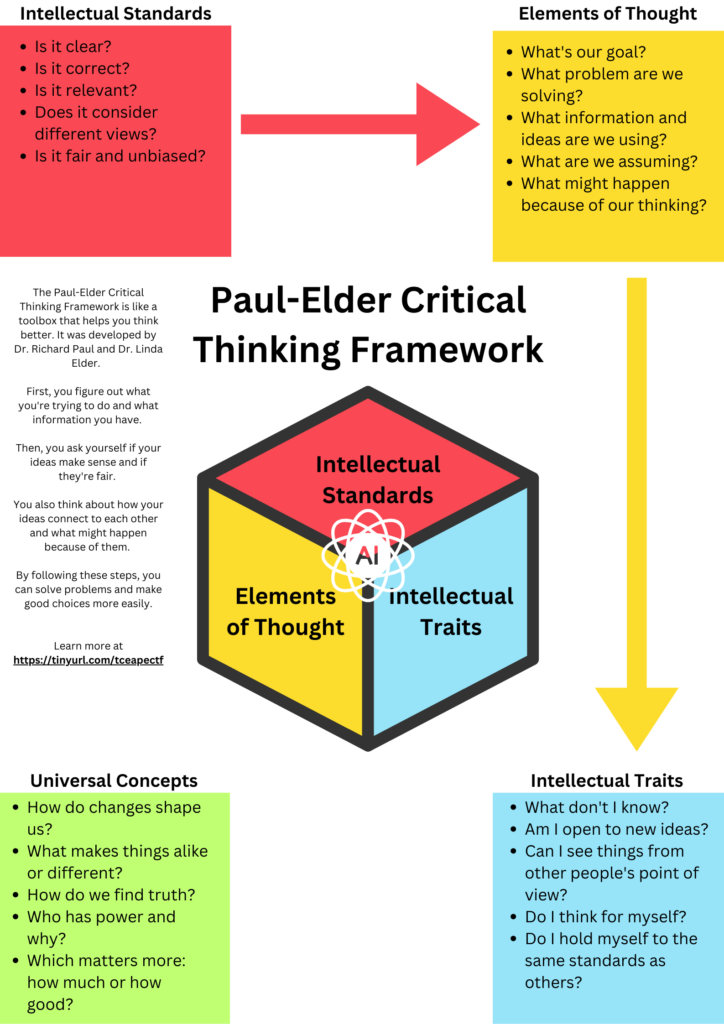
The framework consists of three main components:
- Elements of Thought (the tools):
These are the different aspects of thinking. They include asking questions, gathering information, making assumptions, and drawing conclusions. Use these when you think about anything. - Intellectual Standards (how well you use the tools):
These are ways to check if you’re using your thinking tools well. For example, are you being clear? Accurate? Relevant? Fair? These are how you use the thinking tools. - Intellectual Traits (becoming a skilled thinker):
These are habits and attitudes. Using them improves your thinking over time. It’s like becoming a master carpenter with your thinking tools.
Want to learn more? Visit the Foundation for Critical Thinking website. You will find resources that Dr. Paul and Dr. Elder created. This includes their seminal work “The Miniature Guide to Critical Thinking Concepts and Tools” (Paul & Elder, 2010).
Critical Thinking (CT) Framework for AI
My interest in Paul-Elder’s Critical Thinking framework (PECT for short) is in adapting it for AI prompt generation. There’s a LOT to process in the original, but I’m wondering if that could be simplified.
Disclaimer: The following is my own understanding, assisted by AI, of some ways to apply Paul-Elder Critical Thinking Framework to prompt development. Any errors, mistakes are mine alone and should not reflect on the excellent work of Dr. Paul and/or Dr. Elder. So, with apologies to the authors, let us proceed.
Consider the following simplified version of the PECT framework:
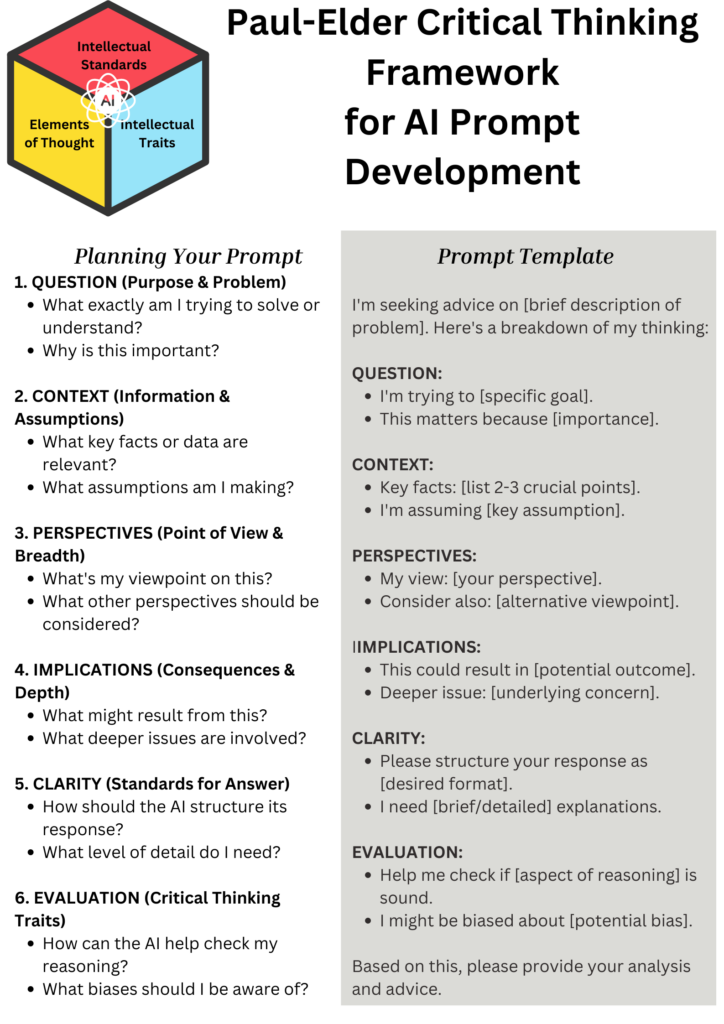
You can see on the left side, what you need to do. On the right side, you will see how to write a prompt that instructs an AI chatbot. What I like about these instructions is that they cover quite a bit of ground.
Problems from the Field
Let’s examine these AI-centric instructions in the context of three problems you might encounter as an educator.
Problem #1: Curriculum Straitjacket
Here’s a problem many of us have encountered:
Ms. Johnson, a high school English teacher, struggles to implement a new standardized curriculum mandated by the district. The prescribed material feels rigid and doesn’t account for her students’ diverse needs and abilities. She finds herself torn between following directives and adapting lessons to engage her class effectively.
Problem #2: Discipline Tug-of-War
Here’s a problem a principal might encounter:
Principal Rodriguez faces mounting pressure from parents regarding the school’s approach to student discipline. Several vocal parents demand stricter punishments, while others advocate for more restorative practices. He must navigate these conflicting views while maintaining a safe and supportive learning environment.
Problem #3: Achievement Chasm
The widening achievement gap is a challenge, especially post-pandemic remote learning:
Mr. Chen, a middle school math teacher, notices a widening achievement gap in his classroom. Despite his efforts, a group of students consistently underperforms. He grapples with how to provide targeted support without neglecting the rest of the class or falling behind on the curriculum timeline.
How might the PECT framework adapted for AI help out?
The Solutions
To develop solutions for each problem, it’s important to first do your homework. Work through the instructions below for each problem. They invite you to be your best self and gather necessary information.
1. QUESTION (Purpose & Problem)
- What exactly am I trying to solve or understand?
- Why is this important?
2. CONTEXT (Information & Assumptions)
- What key facts or data are relevant?
- What assumptions am I making?
3. PERSPECTIVES (Point of View & Breadth)
- What’s my viewpoint on this?
- What other perspectives should be considered?
4. IMPLICATIONS (Consequences & Depth)
- What might result from this?
- What deeper issues are involved?
5. CLARITY (Standards for Answer)
- How should the AI structure its response?
- What level of detail do I need?
6. EVALUATION (Critical Thinking Traits)
- How can the AI help check my reasoning?
- What biases should I be aware of?
With those responses in hand, you can now put them into AI friendly instructions. Since organizing all these instructions might be difficult, I’ve organized them for each problem below.
First, you explore your responses to the “My Planning” portion. Then, ask the AI using instructions crafted from your responses. Finally, you assess the AI’s response in light of your awareness of real life variables. This could be a recursive process, where you fine tune the first two steps to get a better result from the AI.
| Problem | My Planning | Ask AI and Assess Response |
|---|---|---|
| Curriculum Straitjacket | Explore | Ask and Assess |
| Discipline Tug-of-War | Explore | Ask and Assess |
| Achievement Chasm | Explore | Ask and Assess |
Critical Thinking for Leaders
Give the Paul-Elder Critical Thinking Framework for AI Prompt Development a try. You may find it helpful even if you do not use or rely on AI at all. Finally, please find the entire Paul-Elder Critical Thinking Framework for AI Prompt Development for viewing or to grab if you want a copy of it for printing and sharing with others.

